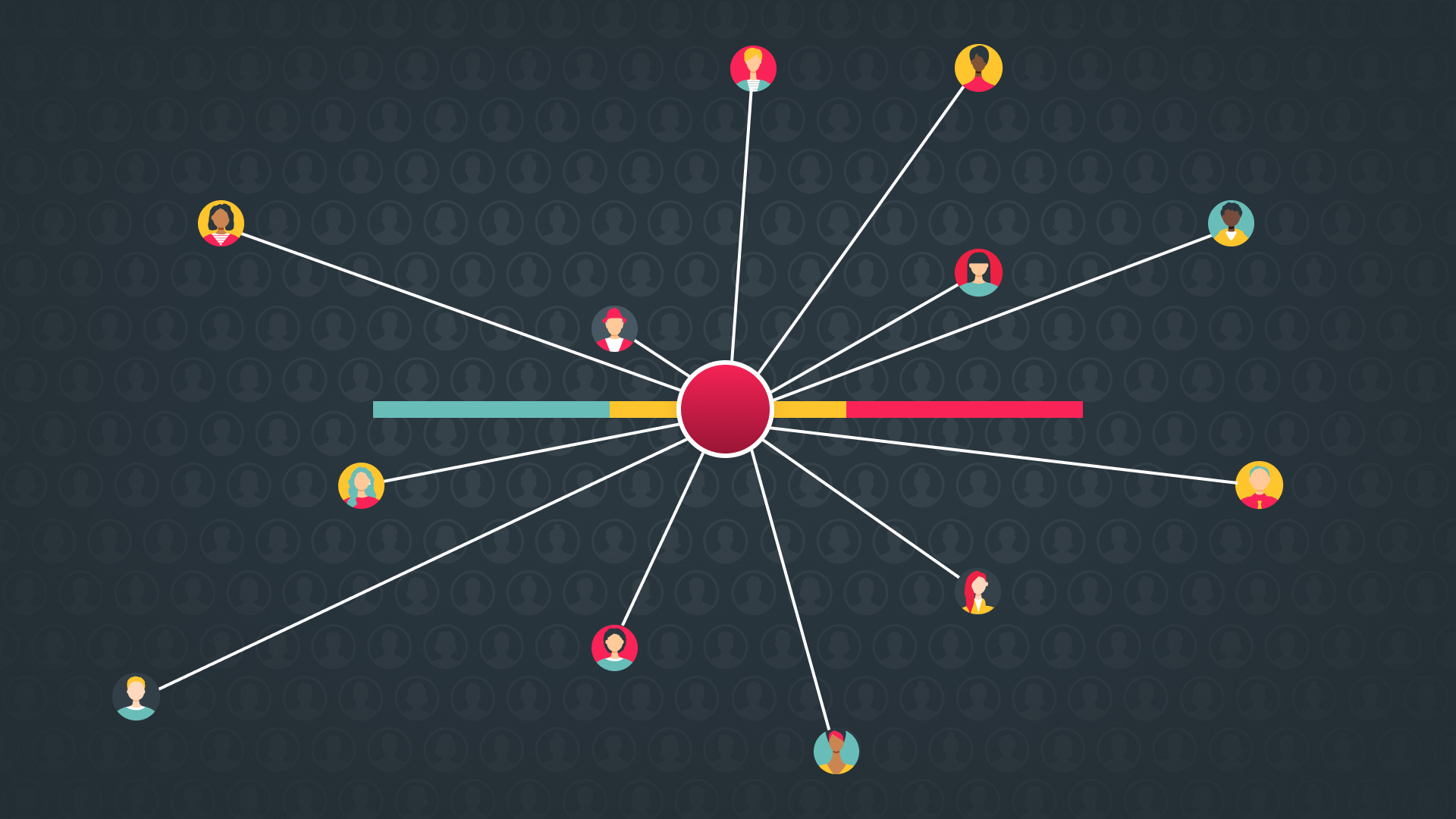How do the words artificial intelligence make you feel?
For some marketers it induces feelings of angst or dismay. For those that have an elementary understanding of how much AI is already ingrained in our lives, there is a sense of resignation that its growing influence is inevitable. For all of us, when we watch the Boston Dynamics robot we both are amazed and terrified.
One thing isn’t up for debate, though. AI is here to stay, and it’s going to play an increasing role in our lives, as well as our marketing.
After attending the 2021 Marketing Artificial Intelligence Conference last week, I’m experiencing another emotion; excitement. Here’s why. If we can get beyond our concerns about AI taking our jobs and putting marketers out of business, I believe the opportunity to harness AI to do better and more human marketing is huge.
If you’re interested in delving more into this topic, I recommend that you sign up for the Marketing Artificial Intelligence Institute’s Academy and start thinking about how to leverage the technology for yourself.
Here are 4 high level takeaways from the conference that will hopefully get you thinking about AI and how to dive in more.

1. AI In A Box → But Only After You Have A Strategy In Place
Artificial Intelligence is intimidating. When I first started exploring how to leverage AI in our agency back in 2019, my impression was that I would need to hire a data scientist in order to start taking advantage of this technology.
It’s true that data scientists are essential to leverage AI for complex use cases. There are numerous AI platforms and software suites that allow you to do things like automate your ad creative, create first draft content, and even create more data-driven content journeys.
But, here’s the key. AI platforms, just like any software, can quickly become a massive expense without driving a significant return. So before you start buying, it’s essential to sit down and identify the tasks that are data-driven, repeatable, and focused on making predictions in your marketing program. Once you’ve done that, you can create a systematic plan to begin testing and proving out the effectiveness of platforms.

2. The Age Of Decision Augmentation Is Upon Us
One of the presenters was David Benigson, the CEO of Signal AI. His platform utilizes AI to scan through the mountain of data created every day in the world of news, social media and more to identify trends that we would never be able to comprehend with the human mind. The end result is providing his clients with insights that help them respond quicker to a brewing crisis or make a more informed decision about a major issue.
David’s point in the presentation is that AI presents an incredible opportunity for marketers and business leaders to make more informed and smarter decisions by aggregating and creating connections between data points that humans could never understand.
As someone who is having to make snap decisions nearly every day, this is one AI application that I could use immediately.

3. Leveraging Natural Language Processing
Natural language processing (unpacked by the brilliant Christopher Penn in one of the keynotes) is the process by which artificial intelligence makes sense of the written word. Although we assume that the machines can read just like us, they actually don’t. Artificial intelligence uses processes called vectorization and tokenization to convert text into numbers (the language machines understand). Once that’s complete, it leverages it’s incredible ability to identify connections and patterns to begin to make sense of words and what they mean.
These processes combined with some serious math is how AI is able to measure trends in online conversations, analyze domains to determine their relevance to searchers and more. In many ways we are all comfortable with this type of AI application. We’ve been living with and benefitting from it for years, most prominently through our use of search engines.
The place natural language processing really gets interesting is in its ability to help us produce content. Using tools like MarketMuse, we can leverage AI natural language processing to analyze content to suggest optimizations and improve content performance. In the most advanced use cases you can also train AI to write marketing content for you. The output may not be perfect, but it could be a great first draft that needs a bit of editing.
Now, don’t panic. The bots aren’t coming tomorrow to take over every copywriting job. I don’t think we are there yet. What I do think AI can do now is take on repetitive writing tasks like ad creation, so that content creators have more capacity for higher value tasks. This could be a huge benefit to the work that you do every day.

4. How To Avoid An AI Fail In 8 (Extremely Short) Parts
Once you’ve made the decision to invest in AI, it’s not time to get started with your first projects. The challenge is that these projects, if designed incorrectly, will have minimal impact. Anna Metsäranta of Solita Oy did a good job of explaining the key ways that a new AI initiative can fail. There were 8:
- Lack of Vision: Before you dive into an AI initiative you need to get really clear on what your company specifically wants to achieve with AI.
- Unrealistic Expectations: It’s vital to set expectations on a realistic level, so that your team has a clear idea of what can be achieved with AI and how quickly it can be achieved.
- Data Issues: Because AI typically uses historical data to predict future behavior, data quality is vital. But there are two other key concepts. First, you must have enough data for your AI models to work. Second, your historical data must be representative of your desired future for a prediction model to deliver real value.
- Working In Silos: Technical teams and marketers or business teams must work together. Unless any AI work you’re doing is being heavily informed by the business reality, there is a risk that the output from your work will not be helpful, or even be detrimental to what you’re trying to achieve.
- Proof-of-Concept Trap: Anna believes that proof-of-concepts should be avoided at all costs because they are typically sold with the benefits of a full-scale implementation of AI that will be difficult to achieve at a proof-of-concept level budget. Proof-of-concepts can only be treated as learning exercises.
- Lack of Human Insight: Most AI will eventually involve humans. You must design your AI solution to work for your human users, otherwise the investment is pointless.
- Lack of Business Design: For AI to generate value, it must be adopted in a business in a meaningful way. This means you need to make sure your solution will work along with the processes that already exist in the business.
- Neglected AI: Putting an AI solution into production and leaving it to run will result in a bad output. The world is constantly changing, and you will need to retrain your AI model on a consistent basis to ensure it continues to benefit your enterprise.
Let’s step back for the big picture takeaway: technology is only one small aspect of successful AI adoption. You’ll also have to invest in change management, strategic planning, and business processes to ensure that your first steps into the AI landscape have a positive impact.

So, What Next?
I hope this quick overview does two things for you. First, I hope that you’ve begun to see the value that artificial intelligence can deliver to your business. Second, I hope it has encouraged you to start learning. In my experience, the best way to understand a complex topic or idea is to start reading and start piecing things together. If you’re ready to do that, here are three things I recommend as starting points:
- Read AI for Marketers: An Introduction and Primer: Christopher Penn, who I mentioned above, has a great intro to AI that I believe every marketer should read. It’s approachable and will help you quickly grasp key concepts. You can purchase a copy here.
- Determine Your Organizational Readiness for AI Adoption: You can use the Marketing Artificial Intelligence Institute’s assessment to identify how ready you are to adopt AI, as well as to identify use cases to prioritize as you begin to leverage AI.
- Join The Marketing Artificial Intelligence Academy: If you really want to double down on learning about AI and its applications in your business, purchase an annual membership to gain access to hours of video learning content, including every presentation from last week’s conference.
Happy learning!
Don’t miss out, get Brave News now
Join the ABN community and be the first to learn about trends in inbound marketing, branding, and web design.






